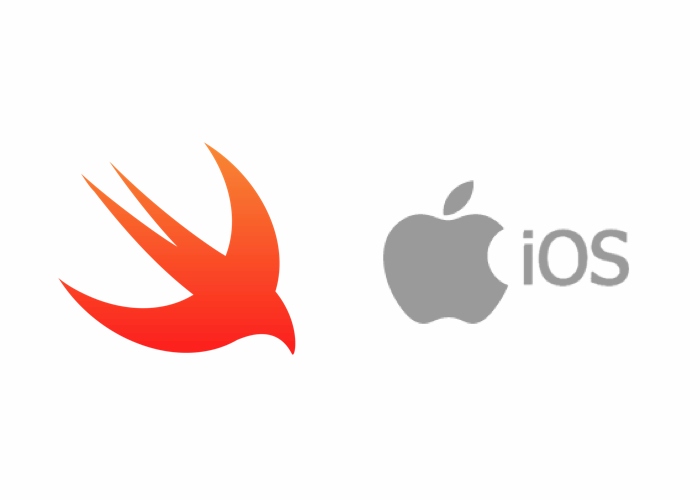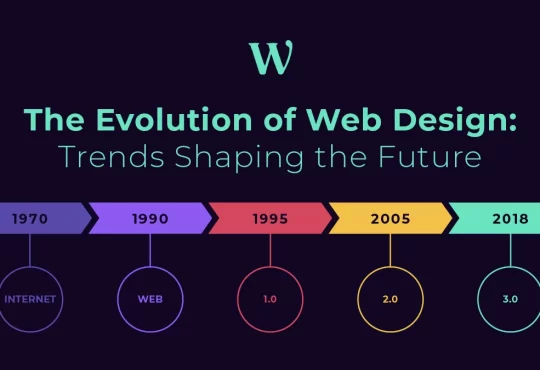
Since its introduction in 2014, Swift has progressed quickly from its infancy. In late December 2015, the programming language, which was previously a proprietary language, was offered to the community as an open-source project with version 2.2. Swift initially only supported the creation of desktop and native mobile applications for iOS and Mac OS devices. Support for Unix-based architecture, as well as more recently formal support for Windows in Swift 5.3 (latest at time of writing), has allowed the swift iOS development and solutions to reach a far broader audience and developer base.
So, why should I use Swift for server-side development, you might wonder. What makes it superior to Java, C#, NodeJS (JS/TS), and Python?
Uninitialized variable prevention, overflow checking, and automated memory management are just a few of Swift’s advantages when it comes to programming.
So, before you take the plunge, it is crucial to look at various factors. You can learn more about the language and weigh the benefits and drawbacks. The reusability of code across your mobile, web, and server-side developments allows you to share business logic, models, and validation across your project, which is one of the key advantages of working in Swift for server-side and full-stack development. This also promotes collaboration in a cross-functional development team by allowing language familiarity across your codebase.
Another significant benefit is that if you are already experienced in swift iOS development, transitioning to designing APIs and backend services for your app is simple and requires no new language learning.
Diving Deeper into the Phrase Full Stack Developer
The term “full stack” usually refers to a web developer who can create a web app’s frontend, backend, and database. Instead of specializing in one of these three areas, a full stack developer can work on all three.
Full stack web developers are valuable as generalists who can independently create a minimal viable product. They can also supply information about the complete web application and contribute to all of its components. It’s an impressive skill that many web developers strive for. Over 54.9 percent of developers describe themselves as full stack, according to Stack Overflow’s 2020 developer survey.
We all know that front end engineers work on mobile apps. As a result, it seems reasonable to believe that to be a full stack developer, a mobile app developer only requires the ability to create a backend and database. However, as we’ll see, it’s a lot more difficult than that. We’ll look at this issue from the eyes of an swift iOS development.
We can now draw the following conclusions based on the foregoing:
- A full stack developer is capable of creating an app’s minimal viable product on their own.
- A stack is a collection of software that contains a frontend, a backend, and a database and is used to create a minimal viable product.
Frontend development for iOS
Let’s imagine what a full stack iOS developer would look like using replacement. We simply use native Swift to replace the frontend element of a web app stack. As a result, MARGN becomes MASGN (MongoDB, Apollo Server, Swift, GraphQL and NodeJS).
With the MASGN stack, a full stack iOS developer should be able to achieve the following:
Swift can be used to create an iOS app by a full stack iOS developer. They should be able to leverage Auto Layout, programmatic restrictions, or Swift UI to create the user interface. They should utilize a local data persistence system like Realm or Core Data to keep track of their data. Depending on the needs of the app, they should be able to access particular iOS frameworks like AV Foundation for camera capabilities. A full stack iOS developer will also need to know how to interface with the GraphQL backend using Apollo to fetch queries and conduct changes.
2. Create a backend
The backend will be made up of Apollo Server as a GraphQL server, GraphQL as a query language for our frontend, and NodeJS as the glue between everything. Subscriptions utilizing Redis, video transcoding using AWS MediaConvert, JSON web tokens for authentication, image processing capabilities, and media storage using AWS S3 may be required in the backend.
It will be necessary to deploy the backend somewhere. Heroku, Docker, and Kubernetes are just a few of the services that a full stack iOS developer will need to be familiar with.
3. Create a database
A full stack iOS developer must be able to persist data outside of the app. We utilise MongoDB to store data in our MASGN stack. MonogDB is a NoSQL document-oriented database. Mongoose is a well-known ODM for MongoDB.
Somewhere will have to host the database. For MongoDB databases, MongoDB Cloud is a popular option.
4. Stackable iOS Isn’t That Easy
To replace the frontend element of popular web app frameworks with Swift, we employed substitution. However, in reality, things are not so straightforward. An iOS developer must follow Apple’s App Store Review Guidelines, which typically require an iOS developer to have a website. App Store Review Guideline 1.5, for example, urges an iOS developer to include a Support URL in case an app user has a question.
Apps featuring user-generated content must comply with App Store Review Guideline 1.2, which states that they must have a mechanism in place to avoid abuse. This normally entails having some sort of admin web app that manages the app’s users.
Other situations necessitate the use of a website by an app. Deep-linking apps, for example, could fall back to a website if the user does not have the app loaded on their phone. As part of a marketing strategy, apps may include an app landing page.
In many circumstances, an swift iOS development may require a website for their app. This means that a full stack iOS developer must be able to create both iOS and web apps. Let’s look at various possible iOS developer stacks that include mobile app, web app, backend, and database development.
Compelling Benefits of iOS App Development Services
Every firm tries their own tactics to market and represent their business to their target audience in any manner possible, and it’s also vital to compete with your competitors to stay at the top, which will assist to raise overall sales and profits for businesses and individuals alike. Door-to-door promotions are less effective than online promotions. It’s a fantastic approach to build relationships with your users and turn them into paying clients.
Mobile apps are becoming increasingly popular worldwide as a convenient way to engage with clients and communicate with them on a regular basis. It might be an Android or an iPhone, although both platforms are popular because to their portability. People prefer to utilize it over a desktop computer. Because of its superior technology, security statement, and other features in the market, IOS applications are fast growing. The rest of the population can select a mobile platform based on their needs and actions.
TOP iOS App Development Services Advantages:
1. Highly Secure App Platform – Protect your company’s information and transactions.
2. Audience Filter – To select the target audience as well as the target location.
3. User Connectivity – A simple method of connecting with your users and converting them into valuable clients.
4. User Interface Flexibility – Will provide extensive user interface features to attract your users.
5. 5.Achievement in International Markets – With iOS app development services, you may achieve your goals in international markets as well.
6. Uniqueness – This platform will provide your company a distinct identity and will be referred to as a “BRAND.”
So, make sure to look for the best swift developer services to get the best results.




